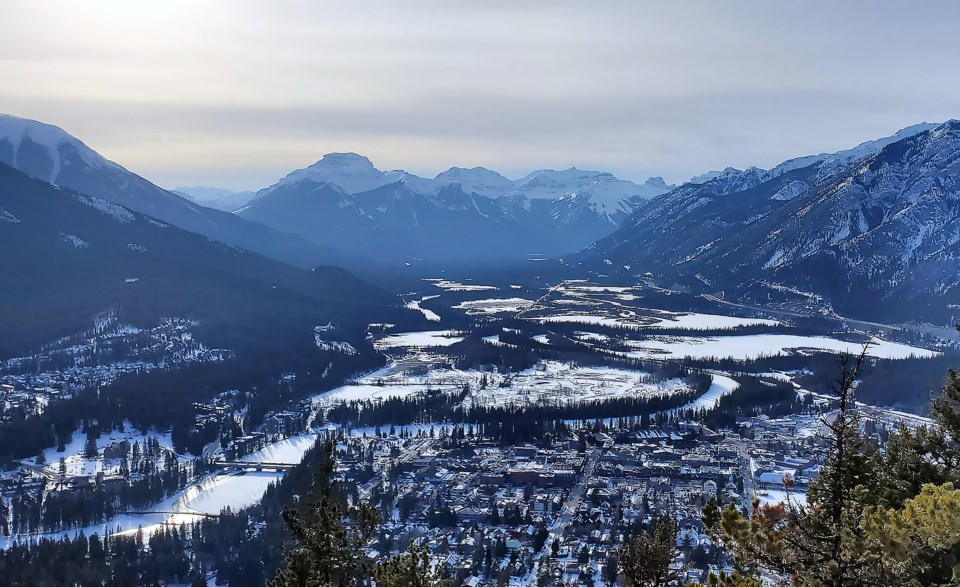Paid parking can be seen as a double edged sword.
Its purpose, when run by municipalities, is to first cover its expenses and ultimately limit traffic congestion while encouraging people to mode shift from relying solely on personal vehicles.
For some residents – or many, depending on who is asked – it can be seen as a way to milk every last dollar into municipal coffers.
Though it’s inevitable residents will likely end up paying, the lion’s share of revenue comes from visitors to the community. And with parking statistics for both Banff and Canmore showing visitors are happy to pay to come to the mountains, prices are only likely to increase until parking spots remain empty at the busiest times of year.
Both Banff and Canmore jumped in the deep end when committing to their respective programs, but have redirected the vast majority of paid parking revenue to initiatives that support mode shift to create options of infrastructure that lead to people using public transit, cycling and walking.
In what turned out to be a game of council casino craps with motions of all kinds flying left and right, Banff council ultimately approved a move to increase paid parking rates by $1 an hour for both on- and off-peak seasons.
At the same meeting, they also approved half of the four-storey Bear Street parkade to charge for parking and the other half remain free, with the free part intended to be used by people from out-of-town who work in the townsite.
The town also has a massive intercept lot at the train station to offer free parking and is exploring a second intercept lot, though whether Parks Canada is OK with it potentially aligning with federal legislation is another question.
Banff residents also have the option of fare-free transit with Roam, with it having been instituted for more than a year.
Canmore’s visitor paid parking will extend into Riverside Park and the boat launch by the Bow River bridge, though no public engagement took place in the leadup outside of the original community consultation before the launch of paid parking.
Quarry Lake will also increase to $10 an hour in on-peak season, but remain at $2.50 an hour in the off-season. Downtown parking will also range from $2 to $4 an hour depending on whether it’s on- or off-peak season and it’s a weekend.
However, the three-year bus pilot program will launch this spring to connect the Quarry Lake, Canmore Nordic Centre and Grassi Lakes to the rest of the town and the local routes remain fare-free.
Canmore residents continue to get three free hours of parking a day, while nearby Elevation Place offers a plethora of free parking as well as side streets within a short walk to the downtown area.
A key cog in supporting the visitor paid parking system is the overall success of Roam transit throughout the valley.
The Bow Valley Regional Transit Services Commission has led the charge in expanding service, while its member councils have supported its growth financially as residents and visitors have flocked to the buses as year-over-year ridership has boomed.
Without it, the success of the visitor paid parking model would be significantly hampered and as it grows the reliance on transit other than personal vehicles will keep expanding.
Like it or not, paid parking is here to stay.
And whether people believe it to be a cash cow or a method to encourage mode shift, it’s had an immediate benefit on both communities.




